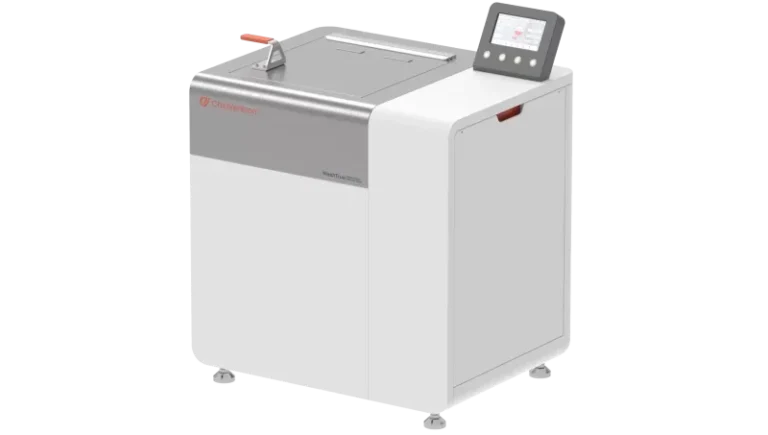Introduction
Textile dyeing is a fundamental process in the textile industry that adds color and vibrancy to fabrics and fibers. It transforms raw textiles into finished products with aesthetic appeal and functional properties. From fashion and home textiles to industrial and technical fabrics, dyeing plays a vital role in product design, branding, and usability.
This article explores the textile dyeing process, various dyeing methods, types of dyes used, environmental challenges, and innovations shaping the future of the industry.
What Is Textile Dyeing?
Textile dyeing is the process of applying dye to textile materials such as fibers, yarns, fabrics, or garments to give them color. The dye molecules bond with the textile material either chemically or physically, depending on the type of fiber and dye used.
Dyeing can occur at different stages of textile production, including:
- Fiber Dyeing (before spinning)
- Yarn Dyeing (after spinning, before weaving/knitting)
- Fabric Dyeing (after weaving/knitting)
- Garment Dyeing (after the product is fully made)
Each stage has its own advantages and is selected based on the product type, desired effect, and cost.
Types of Textile Dyeing Methods
There are several methods of dyeing textiles, each with specific applications and outcomes:
1. Direct Dyeing
- Application: Mostly for cellulosic fibers like cotton.
- Process: Dye is applied directly to the fabric in an aqueous solution.
- Advantage: Simple and cost-effective.
- Limitation: Poor wash fastness.
2. Vat Dyeing
- Application: For cotton and linen.
- Process: Insoluble vat dyes are made soluble through chemical reduction, applied, and then oxidized back.
- Advantage: Excellent colorfastness.
- Common Dye: Indigo (used for denim).
3. Reactive Dyeing
- Application: For cellulose fibers like cotton.
- Process: Reactive dyes form covalent bonds with fibers.
- Advantage: Vibrant colors and high wash fastness.
4. Disperse Dyeing
- Application: For synthetic fibers like polyester.
- Process: Disperse dyes are applied at high temperatures (often using pressure).
- Advantage: Good dye-fiber affinity for synthetics.
5. Acid Dyeing
- Application: For protein fibers (wool, silk) and polyamide (nylon).
- Process: Uses acidic dye bath.
- Advantage: Bright, rich colors with good lightfastness.
6. Pigment Dyeing
- Application: For all types of fibers.
- Process: Pigments are bonded to fabric with binders (not true dyes).
- Advantage: Can be applied using printing or dyeing.
Dyeing Techniques in Practice
Several techniques are used to apply dyes in the textile industry:
- Batch Dyeing (Exhaust Dyeing): Fabric is circulated through a dye bath (e.g., jet dyeing, winch dyeing).
- Continuous Dyeing: Fabric passes continuously through dye solution, often used in high-volume production.
- Pad Dyeing: Dye is applied using rollers and then fixed by heat or chemicals.
- Tie and Dye/Batik: Traditional resist dyeing techniques for artistic effects.
- Digital Textile Dyeing: Computer-controlled systems to apply dyes precisely, often used in short-run or custom production.
Types of Dyes Used in Textile Dyeing
Different dyes are chosen based on the fiber type and desired performance:
| Dye Type | Best For | Key Characteristics |
|---|---|---|
| Reactive Dyes | Cotton, linen | Bright colors, strong bonding |
| Acid Dyes | Wool, silk, nylon | Vivid colors, used in fashion textiles |
| Disperse Dyes | Polyester, acetate | High-temperature dyeing, good fastness |
| Vat Dyes | Cotton, denim | Excellent durability |
| Direct Dyes | Cotton | Easy to apply, moderate fastness |
| Sulfur Dyes | Cotton | Dark shades, economical |
| Pigments | All fibers | Surface coloring, used in printing |
Environmental Impact of Textile DyeingTraditional dyeing processes consume large amounts of water, energy, and chemicals, making it one of the most polluting segments in the textile industry. Key environmental concerns include:
- Water Pollution: Wastewater often contains toxic dyes and heavy metals.
- Chemical Use: Fixing agents, salts, and surfactants can be hazardous.
- Energy Consumption: Heating dye baths requires significant energy.
- Color Fastness Waste: Poorly fixed dyes lead to color bleeding and wastewater load.
To address this, many companies are shifting toward eco-friendly dyeing solutions such as:
- Low-liquor ratio machines
- Waterless dyeing (e.g., supercritical CO₂ dyeing)
- Natural dyes
- Digital dyeing with minimal water
- Wastewater treatment systems
Recent Innovations in Textile Dyeing
The textile dyeing industry is undergoing a major transformation with a focus on sustainability and efficiency:
- Supercritical CO₂ Dyeing
- Uses carbon dioxide instead of water.
- Eliminates wastewater and speeds up the process.
- Digital Dyeing Technology
- Precise application using inkjet technology.
- Reduces waste, ideal for custom prints and low-volume production.
- Enzymatic Dyeing
- Uses bio-enzymes to improve dye uptake and reduce chemicals.
- Natural Dye Revival
- Growing interest in plant-based dyes for sustainable fashion.
Conclusion
Textile dyeing is both an art and a science — blending chemistry, color theory, and technology to meet the aesthetic and functional demands of today’s market. Whether dyeing fibers for fashion, home furnishings, or industrial use, the method and materials chosen must balance color performance, fabric compatibility, cost, and environmental impact.
As the global textile industry pivots toward sustainable practices, innovations in textile dyeing are leading the way. From digital and waterless systems to eco-friendly dyes, the future of dyeing is cleaner, smarter, and more responsible.
For more information on textile testing methods/standards
or textile testing machines, contact us:
What’s App: +86 180 2511 4082
Tel: +86 769 2329 4842
Fax: +86 769 2329 4860
Email: sales@tes.hk

